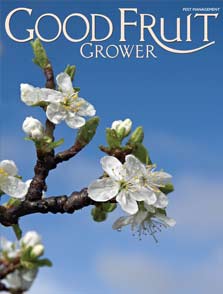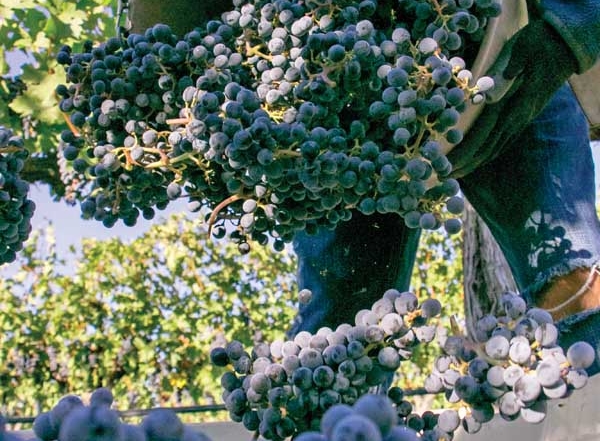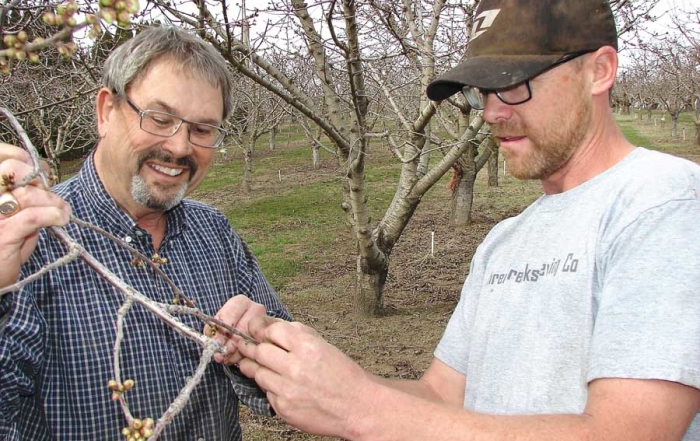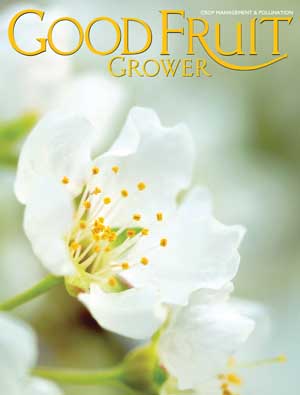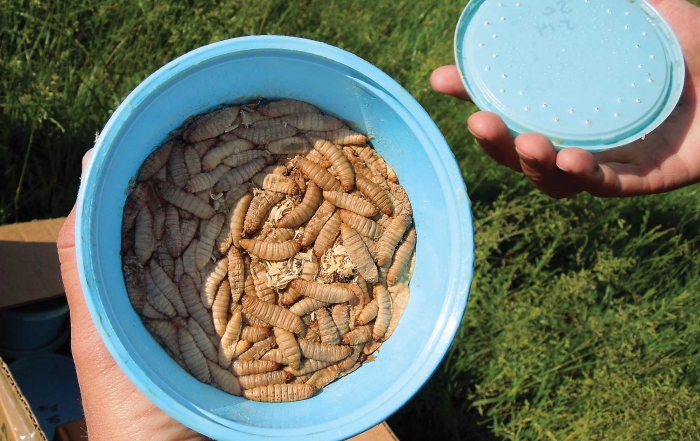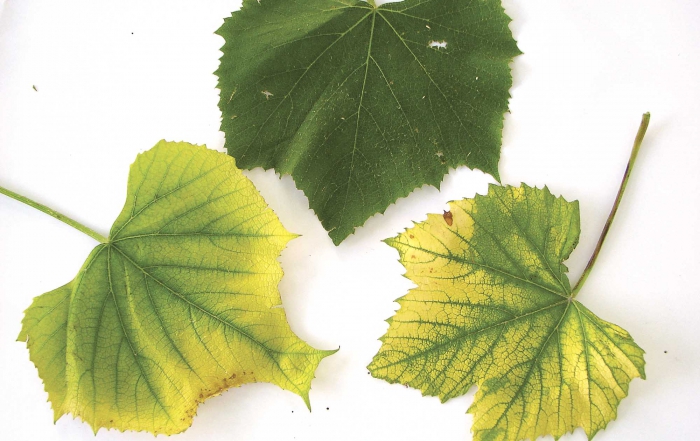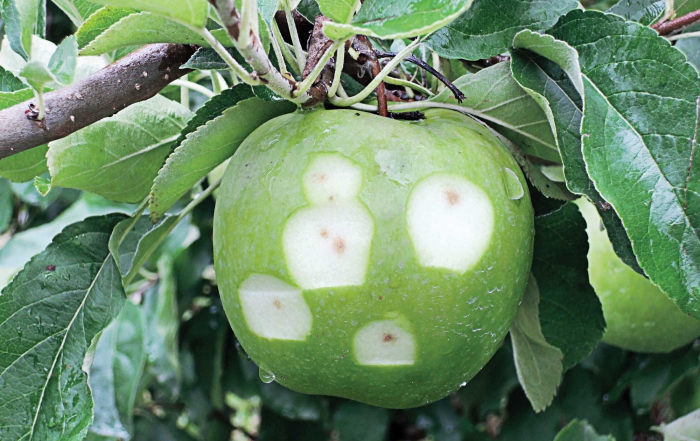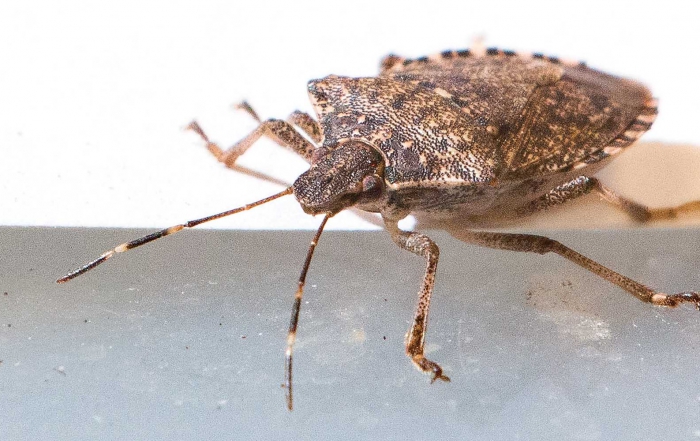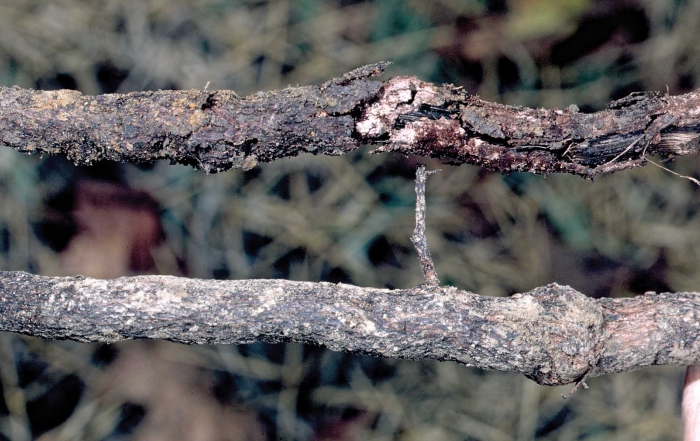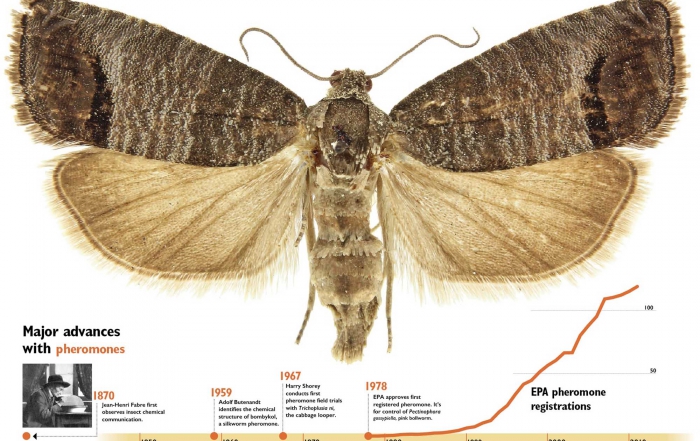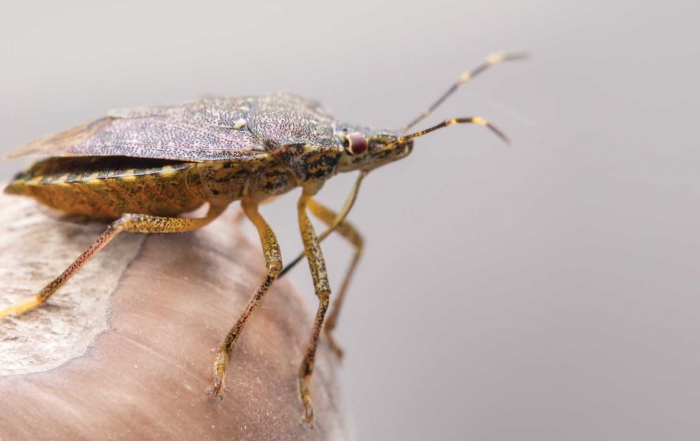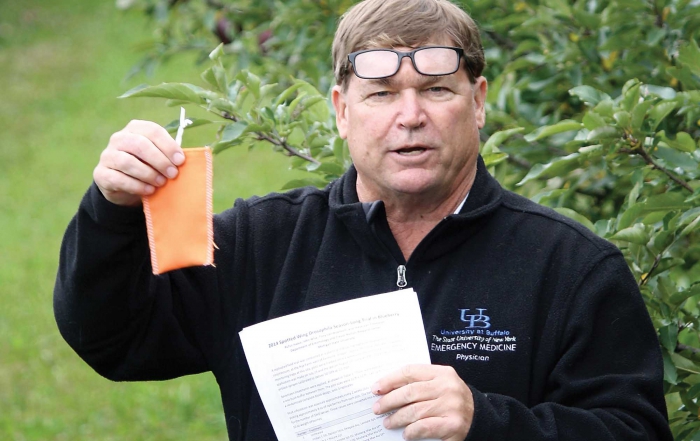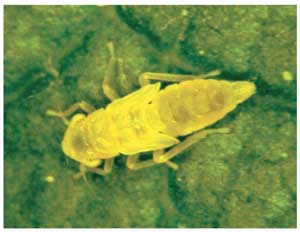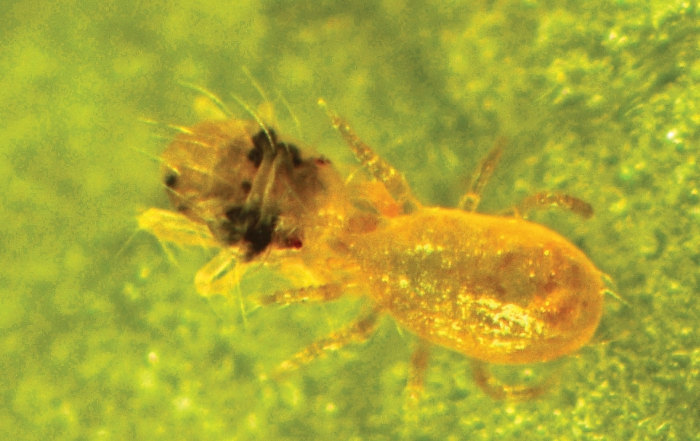Project Description
Pest Management
Featured stories covering tree fruit and grape pest management appear in this issue.
Click here to view a PDF version of this issue.
New farm-worker housing opens
The Cashmere, Washington, facility can house 200 people.
Vintage variation in the vineyard
There’s no room for error in a cool vintage.
Lowering injuries by reducing ladder work
The shift to pedestrian orchards gives workers a safer footing.
Dealing with DACA
Programs allow undocumented workers to defer deportation, but present pitfalls for employers.
Plum lucky—twice
We love blossoms here at Good Fruit Grower, and this month we are fortunate to feature two wonderful photographs of unfurling blooms on our March
Beetle biocontrol
New research improves prospects of plum curculio control using nematodes.
Cool, wet soils trigger chlorosis
Avoid early spring irrigation to avoid chlorosis problems in Concord vineyards.
Search continues for stinkbug predators
Will brown marmorated stinkbug take hold in desert climates?
Is biocontrol beating the bug?
Stinkbug damage in mid-Atlantic orchards was less last year, restoring hope for the future of IPM.
Survey finds no invasive grape moths
However, grape phylloxera was detected for the first time in a Wenatchee, Washington, vineyard.
Make the most of biocontrol
Beneficial insects and mites can play a role in controlling key orchard pests if they’re not exposed to harmful pesticides. Dr. David Biddinger, entomologist with
Codling moth mating disruption reaches a milestone
Mating disruption of codling moth is used in 90 percent of all apples and pears grown in Washington state.
Stinkbug challenges organic growers
Researchers are testing trap crops as a way to manage brown marmorated stinkbug.
Let us (not) spray
Entomologists test alternative ways of applying plant protection materials to trees.
New focus on leafhoppers
Growers should add 20 percent to their count when using a hand lens on leafhoppers.
Swiss scientists test nets
Swiss scientists have been testing netting as a way to exclude spotted wing drosophila from cherry orchards. Researchers at the Breitenhof Stone Fruit Centre in
Predatory mite comes to light
Amblydromella caudiglans eats a two-spotted spider mite. (Courtesy Washington State University) Amblydromella caudiglans is the predominant predatory mite species in some Washington
WSU will add to tree fruit faculty
Des Layne TJ Mullinax/Good Fruit Grower Washington Stat e University plans to hire several new faculty over the next couple of years to work
Trade agreement is unifying: Good Point
Jim Allen A few years ago, Todd Fryhover of the Washington State Apple Commission was invited to speak at the Premier Apple Co-Op
Tart cherries threatened
Entomologists in Michigan are still trying to determine whether spotted wing drosophila will be a significant tart cherry pest. “We were hoping it would not

